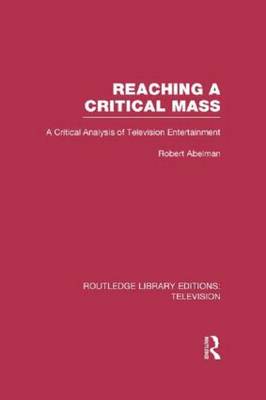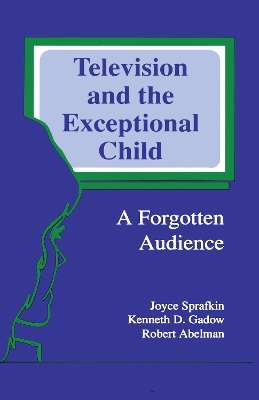Routledge Communication
2 total works
This book reminds readers that the simple act of watching television is not simple at all, but is a highly calculated and controlled interaction between the companies that produce television and the people who watch it. It looks at the television industry and examines how it operates to help us understand the role that television plays as well as the influence that it has on the lives of its viewers.
Complete with a history and evolution of the industry and its most popular genres, this volume demonstrates television's substantial influence on society and culture. Analysing what viewers watch and why, the chapters also explore how television programs are made and the strategies used to attract and maintain audiences.
This critical guide enables readers to appreciate the strategies of programming and to become more aware of television as a cultural force, as important now as when it was originally published in 1998.
Television and the Exceptional Child
by Joyce Sprafkin, Kenneth D. Gadow, and Robert Abelman
Combining literature from the fields of mass communication, developmental psychology, and special education, the authors present a comprehensive analysis of television and its "forgotten audience." Practical implications and applications in the home and school are also extracted from research findings making this volume a valuable resource for students, educators, and researchers in the fields of communication and special education, and for the parents and teachers of exceptional children.

